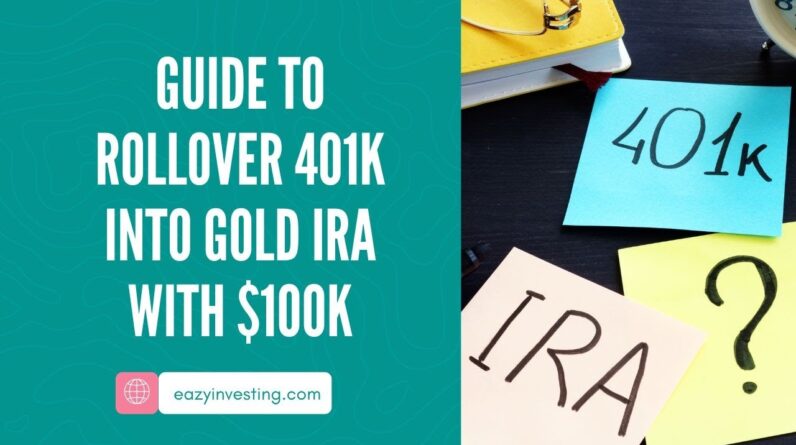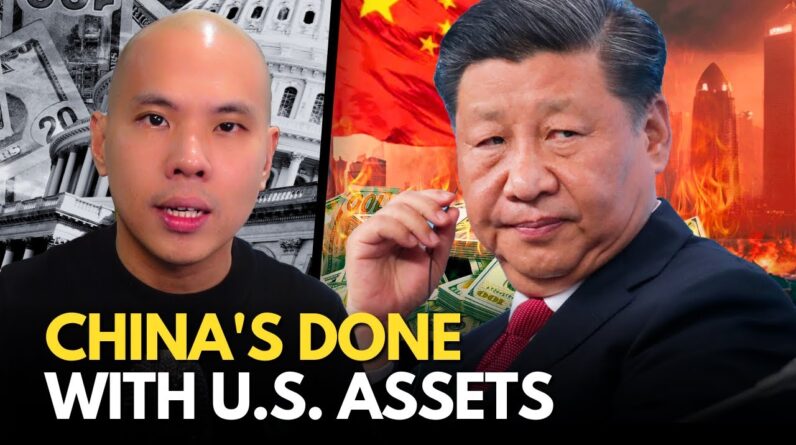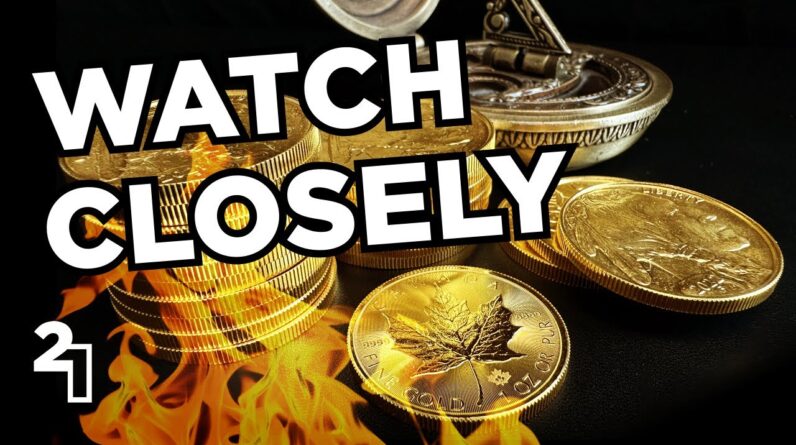Welcome to our blog post, where we embark on an insightful conversation about the checks and balances of American capitalism. In this engaging discussion, we had the privilege of sitting down with Andy Tanner and Diana B. Henriques, two eminent experts in the field. Join us as we delve deep into the intricacies of this economic system, exploring its strengths, weaknesses, and the pivotal role it plays in our society. Let’s begin!
The Checks and Balances of American Capitalism: A Conversation with Andy Tanner and Diana B. Henriques
Introduction
In today’s rapidly changing economic landscape, understanding the intricate workings of American capitalism has become more important than ever. To shed light on this complex topic, we sat down with two renowned financial experts, Andy Tanner and Diana B. Henriques. In this conversation, we explore the checks and balances that shape the American capitalist system and delve into various historical events and lessons that have influenced its evolution. Join us as we navigate the intriguing world of American capitalism and its intriguing tapestry of triumphs and challenges.
Lesson Learned by Alan Greenspan in 2008
Looking back at 2008, one crucial lesson becomes apparent: even the most experienced and knowledgeable individuals can be taken by surprise. Alan Greenspan, former Chairman of the Federal Reserve, learned this the hard way during the financial crisis. Despite his profound understanding of market dynamics, Greenspan admitted that he failed to fully comprehend the risks and complexities present in the financial system. This humbling experience highlights the importance of ongoing vigilance and the need for robust checks and balances within the capitalist structure.
The Role of Financial Regulation in the 1920s
The 1920s, often referred to as the “Roaring Twenties,” were characterized by rapid economic expansion. However, this period was also marked by a lack of effective financial regulation. The absence of proper checks and balances allowed for unchecked speculation and excessive risk-taking, eventually leading to the catastrophic stock market crash of 1929. This event served as a wake-up call, leading to the realization that strong regulatory measures are pivotal in maintaining a stable and sustainable capitalist system.
Psychological Differences Between Inflation and Deflation
Understanding the psychological impact of inflation and deflation on the economy and its stakeholders is essential. Inflation, characterized by rising prices, can erode purchasing power and create economic instability. Conversely, deflation, or falling prices, may lead to a decrease in consumer spending, as people expect prices to go even lower. Striking the delicate balance between these two forces is a challenging task for policymakers and regulators, requiring careful consideration of the psychological factors at play.
Myths Surrounding Bernie Madoff
Bernie Madoff, a former financier and investment advisor, shocked the world with his elaborate Ponzi scheme. Many myths have circulated surrounding his illicit activities, contributing to the intrigue surrounding this high-profile case. One common misconception is that highly intelligent people cannot fall victim to financial fraud. Madoff’s case, however, debunked this myth, demonstrating that even sophisticated investors can be deceived. This revelation underscores the need for stringent regulatory measures to protect investors from unscrupulous individuals who seek to exploit the system.
Creation of the Modern Wall Street Regulation Framework by FDR
The Great Depression marked one of the darkest times in American history, precipitating a domino effect of economic turmoil. To address the root causes of this crisis, President Franklin D. Roosevelt (FDR) implemented sweeping reforms, including the creation of the modern Wall Street regulation framework. The Securities and Exchange Commission (SEC), established under the Securities Exchange Act of 1934, played a pivotal role in regulating the securities industry and restoring public trust. FDR’s actions illustrate the government’s responsibility to safeguard the integrity of the capitalist system.
Evolution of the SEC Since Its Creation
Since its inception, the SEC has evolved to meet the changing needs of the financial industry. Initially focused on combating fraud and ensuring fair markets, the SEC expanded its regulatory scope in subsequent decades. Today, the commission addresses a wide range of issues, including insider trading, corporate governance, and market manipulation. The SEC’s evolution highlights the ongoing effort to strike a balance between fostering innovation and maintaining a level playing field for all market participants.
Unintended Consequences of Modern Regulation
While regulation is crucial for mitigating risk and protecting investors, it is not without its unintended consequences. Overregulation can stifle economic growth and innovation, impeding the very essence of capitalism. Balancing the need for strong oversight with the desire to foster entrepreneurial spirit is a delicate task. Striking this balance requires dialogue and collaboration between regulators, industry professionals, and policymakers to ensure that regulations are effective, fair, and beneficial for all stakeholders.
Conclusion
As we conclude our conversation with Andy Tanner and Diana B. Henriques, a profound understanding of the checks and balances of American capitalism becomes increasingly evident. History has shown us the perils of complacency and the importance of robust regulation to maintain a stable and sustainable economic system. By learning from past mistakes and adapting to changing circumstances, we can nurture the delicate fabric that underpins American capitalism and pave the way for a brighter economic future.
FAQs:
- What lessons did Alan Greenspan learn in 2008?
- How did the lack of financial regulation contribute to the stock market crash of 1929?
- What are the psychological differences between inflation and deflation?
- What myths surround Bernie Madoff’s illicit activities?
- How did FDR shape the modern Wall Street regulation framework?










